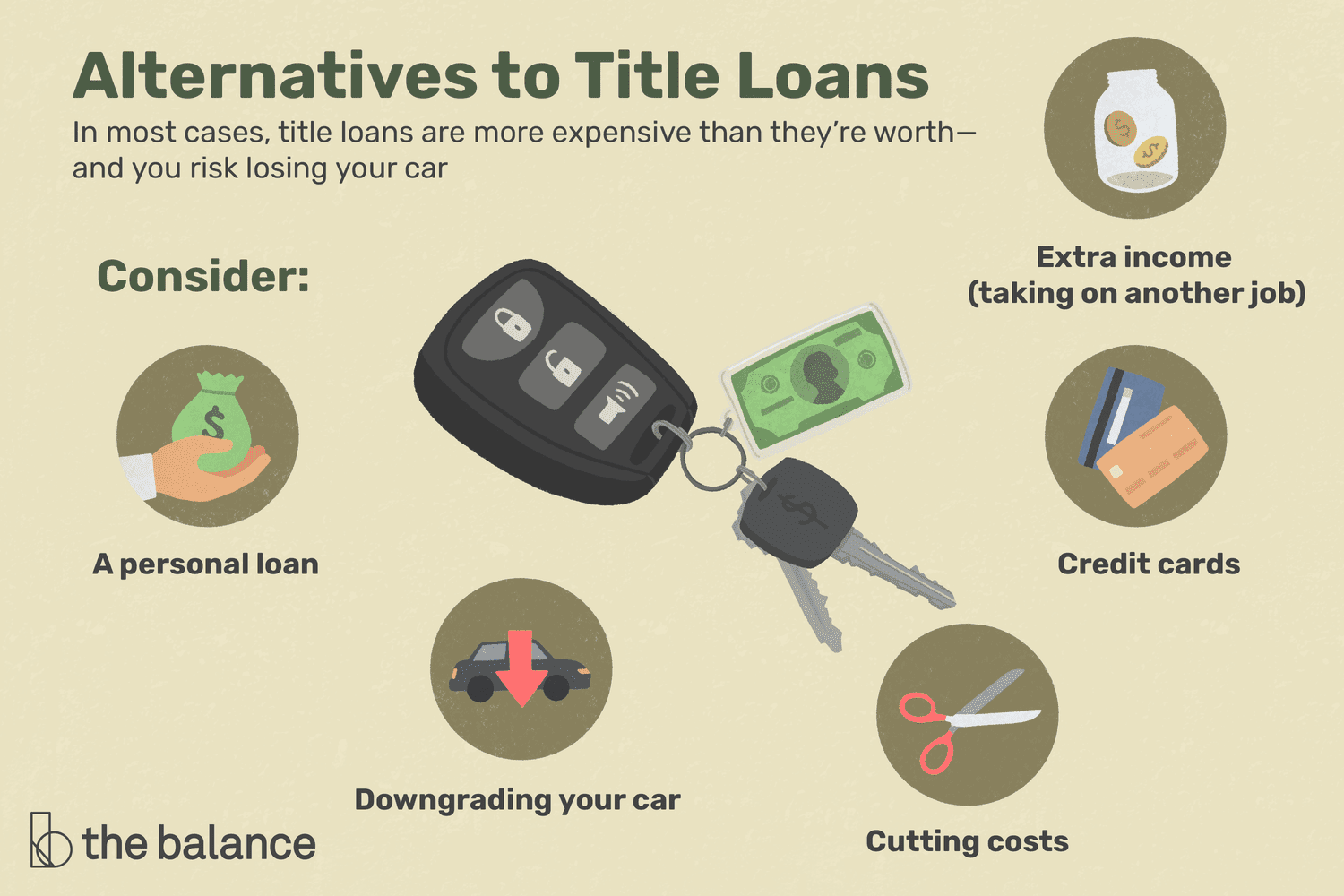How to Refinance a Car Loan With a Different Bank
To refinance a car loan with a different bank, start by researching interest rates and evaluating your credit score. Next, apply for a loan at the new bank and await approval to transfer the balance.
Refinancing a car loan can be a savvy financial strategy for individuals striving to lower their monthly payments, reduce interest rates, or adjust the loan term. Securing a refinance from a different bank often hinges on a solid credit history and the current value of the vehicle in question.
Before embarking on this process, it’s essential to compare the offers from various financial institutions. This introductory step can significantly impact potential savings and loan terms. Gathering necessary documentation and understanding the terms of your existing loan will streamline the process, ensuring a smooth transition to a more favorable lending situation. A successful refinancing journey begins with clarity, research, and a methodical approach to finding a new lender that meets your financial objectives.
Why Refinance Your Car Loan
Refinancing a car loan with a different bank can be a smart move. It may give drivers a fresh start on their road to financial freedom and can lead to significant savings.
Lower Interest Rates
Few things feel as good as saving money. Switching to a bank with lower rates is one. Drivers can pay less over time. This is smart.
- Check rates from several banks.
- Compare to your current loan.
- Choose the best savings.
Reduced Monthly Payments
Smaller payments each month can free up cash. This cash can go to bills, fun, or savings. It’s your money, use it well.
| Before Refinance | After Refinance |
|---|---|
| $300/month | $250/month |
Shorter Loan Terms
Become debt-free faster. A shorter term means the car is all yours sooner. It’s a race to the finish line, and you’re winning.
- Assess term options.
- Go for the shortest you can afford.
Personal Finance Reassessment
Times change, and so should your loan. Refinance to match your current situation. It’s smart money management.
Review your budget. See where refinancing fits. Make a move that aligns with your goals. Keep finances fresh.

Credit: www.aol.com
Evaluating Your Current Car Loan
Before considering a refinance, understanding your current loan is crucial. It helps spot savings and improves your financial situation. Let’s dive into the specifics.
Assessing Your Interest Rate
Is your interest rate competitive? Compare your rate with current market trends. A lower rate means less money paid over time. Use online comparison tools to check how your rate stacks up.
Calculating Remaining Balance
Knowing your balance helps decide if refinancing is worth it. Lower balances might not benefit as much from refinancing. Use your latest statement to find this number.
Understanding Loan Term
Shorter terms generally mean higher payments but less interest. Longer terms lower monthly payments but increase total interest. Balance your needs between these two.
Checking For Prepayment Penalties
Some loans have fees for early payoff. Ensure you won’t be charged extra for refinancing. This information is in your loan contract or by contacting the lender directly.
| Item | Details |
|---|---|
| Current Interest Rate | Check if it’s above or below the market. |
| Remaining Balance | Use for calculating potential savings. |
| Loan Term | Decide on a longer or shorter new term. |
| Prepayment Penalties | Confirm any fees with your current lender. |
Choosing The Right Bank For Refinancing
Time to lower those car loan payments? Refinancing a car loan with a different bank can save money. Shopping for the best deal is key. Let’s find the perfect bank for a sweeter ride.
Comparing Interest Rates
Lower interest rates mean more savings.
Check different banks for their rates. Use comparison websites. A simple table can help:
| Bank | Interest Rate |
|---|---|
| Bank A | 3.5% |
| Bank B | 4.0% |
| Bank C | 3.9% |
Go for the lowest rate with the best reputation.
Reading Customer Reviews
Happy customers often tell their story. Search for reviews online. Look for good service and support.
- Quick loan processing
- Polite staff
- Easy communication
Pick a bank that values clients.
Exploring Loan Terms
Short terms can save on interest, but payments are higher. Long terms lower payments but cost more over time. Find a balance. Check if banks offer flexible terms.
- Term lengths
- Payment flexibility
- Early payoff penalties
Considering Additional Fees
Some banks charge fees that add up. Always read the fine print.
| Fee Type | Bank A | Bank B | Bank C |
|---|---|---|---|
| Application Fee | $0 | $100 | $0 |
| Origination Fee | 1% | 0.5% | 0.5% |
| Prepayment Penalty | None | None | $200 |
Pick a loan with minimal extra costs.

Credit: www.bankrate.com
Preparing To Refinance
Are you thinking about refinancing your car loan? Smart move! It’s a great way to snag a lower interest rate or reduce your monthly payment. But before you dive in, you need to prepare. Let’s make sure you’re ready to roll with the next bank.
Gathering Necessary Documentation
First things first: paperwork. Here’s a checklist to get you started:
- Current loan details – know your balance and rate
- Proof of income – recent pay stubs or tax returns
- Identification – a valid driver’s license or passport
- Proof of residence – a utility bill or lease agreement
- Insurance information – your current policy details
Keep these documents handy. You’ll need them to refinance.
Improving Credit Score
Want a better loan? Boost your credit score.
Here’s how:
- Pay bills on time, every time.
- Keep credit card balances low.
- Check credit reports for errors and fix them.
A higher credit score means better loan terms. Give it a nudge!
Estimating Car’s Value
Wonder what your car is worth? Knowing its value is key. Use reliable sources like Kelley Blue Book or NADA Guides. You’ll get an idea of what your car is worth in the market. Make sure your loan isn’t more than your car’s value.
Getting A Preapproval
Ready for the next step? Secure a preapproval. This means a bank vets you as a borrower in advance. You’ll know how much you can borrow and at what rate. Here’s your to-do list for preapproval:
- Contact several banks
- Fill out preapproval applications
- Compare the offers
Choose the best deal and you’re set to refinance!
Completing The Refinance Process
Refinancing your car loan can lead to better interest rates and lower monthly payments. To get the most out of this financial move, understanding the process is key. Let’s break down the steps you’ll need to take to complete a refinance with a different bank.
Submitting The Application
Start your journey by submitting a refinance application to your chosen bank. Gather all the necessary documents, like proof of income, car details, and your current loan information. Filling out the application accurately is crucial for a smooth process.
Negotiating Loan Details
Once the new bank reviews your application, it’s time to discuss the loan’s terms. Negotiate for a lower interest rate or a longer term to reduce your monthly payments. Don’t forget to inquire about any potential fees or penalties.
Closing The Old Loan
After securing your new loan terms, the next step is to close out your old loan. Your new lender may handle this process, or you might need to pay off the old loan yourself. Get a confirmation in writing that the old account has been closed to avoid any issues.
Setting Up New Payments
With the old loan paid off, you must set up payments for your new loan. Decide if you want to set up automatic payments from your bank account to ensure you never miss a due date. Keep an eye on the first payment date to start off on the right foot.
Post-refinance Considerations
Refinancing your car loan can provide relief through lower monthly payments or a reduced interest rate. Yet, the refinancing process doesn’t end when you sign the new contract. Managing your new loan effectively is key to maximizing the benefits of refinancing. Carefully monitor your credit reports, handle your new loan responsibly, and review your automatic payment set-up to ensure everything is running smoothly.
Monitoring Credit Reports
Always check your credit report post-refinance. It should reflect your new loan accurately. Credit bureaus occasionally make errors, and it’s up to you to spot them. Regularly reviewing your credit report helps you identify and correct any inaccuracies promptly. This practice keeps your financial reputation intact and avoids complications down the road. Most importantly, ensure the old loan shows as closed and the new one is reported correctly. Use your rights under the Fair Credit Reporting Act to dispute any errors.
Managing New Loan Responsibly
- Stay on top of your payments to avoid late fees and credit score dips.
- Maintain insurance coverage as required by your new loan agreement.
- Consider additional monthly payments to reduce interest over time.
- Keep important documents organized; you never know when you’ll need them.
Reviewing Automatic Payment Set-up
Automatic payments are convenient, but ensure they are set up correctly in your new bank’s system. Verify payment amounts and dates. Besides avoiding late payments, this keeps you in control of your finances. If your bank offers mobile banking, use their app to keep track of your payment schedules. Always review your bank statements to confirm the correct amount is being withdrawn for your car loan.
Please note that lenders may require a brief period after refinancing before automatic payments can be established.
Frequently Asked Questions Of How To Refinance A Car Loan With A Different Bank
Can I Refinance My Car With Another Bank?
Yes, you can refinance your car with a different bank. It’s a common practice for borrowers seeking better interest rates or loan terms. You’ll need to apply with the new bank and meet their approval criteria.
What Are The Benefits Of Refinancing A Car Loan?
Refinancing a car loan can potentially lower your monthly payments, reduce the interest rate, and change the loan’s term. It can also provide an opportunity to remove or add co-signers from the original loan.
How Does Credit Score Affect Car Refinancing?
A higher credit score typically helps secure lower interest rates for refinancing a car loan. Your credit score reflects the risk you pose to lenders, influencing the terms and rates they offer.
What Documents Are Needed For Car Loan Refinancing?
For car loan refinancing, you’ll generally need your current loan details, proof of income, vehicle information, and proof of insurance. A government-issued ID will also be necessary to confirm your identity.
Conclusion
Refinancing your car loan with a different bank might seem daunting, but it doesn’t have to be. With careful research and the right preparation, you can secure a better rate and reduce your monthly payments. Remember, it’s all about finding a deal that suits your financial situation.
Take that next step towards savings — your wallet will thank you.





